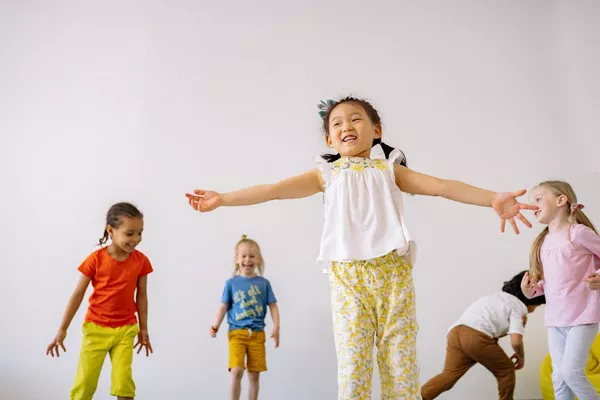In a recent gathering at the University of Washington, students, educators, and counselors converged to confront the pressing mental health crisis afflicting high school students today. A prevailing concern emerged – many schools in the region have yet to implement suicide prevention training, and a significant number of students remain unaware of the available resources within their educational institutions, such as access to school counselors. As two student leaders who participated in this conference, we echoed the sentiments of our peers: the current approach to mental health education in Washington schools is passive and must evolve, with students taking the lead in expanding access to crucial mental health services.
In May, the U.S. Surgeon General released an advisory report highlighting the profound impact of loneliness and isolation on students’ mental and physical well-being, emphasizing the role of social media in exacerbating this crisis. High school is a critical period for individuals to establish a sense of belonging, and one of the key factors in this quest is the presence of strong, healthy relationships. If students are equipped with the knowledge of how to cultivate and maintain such relationships, they can find the support they need during moments of loneliness. Unfortunately, insufficient support from school administrations hinders students from forging these vital connections with their peers.
In agreement with the Surgeon General’s assessment, we too affirm that the insufficient attention given to teen mental health constitutes a crisis.
Governor Jay Inslee declared a youth mental health crisis two years ago, during the peak of the COVID-19 pandemic. Subsequently, legislators passed HB 1834, permitting students to take time off from school for mental health reasons. This policy has been implemented this year, prompting schools to recognize the imperative need to address mental health.
While granting students the ability to take time off for mental health is a significant step forward, districts must make additional changes to support healthy relationships among students on campus. Students require opportunities to reflect on their mental health, bond with peers, and engage in collaborative activities. However, many high schools in the Seattle area face potential cutbacks due to budget constraints.
For instance, earlier this year, Seattle Public Schools contemplated discontinuing middle school jazz classes. Although these classes were ultimately spared, they remain vulnerable to future budget cuts. Such cuts could have lasting repercussions, potentially diminishing renowned programs like the jazz program at Garfield High School and other institutions. This, in turn, could eliminate opportunities for students to establish meaningful connections through their passions.
The Edmonds School District also grappled with a $15 million reduction in funding for its arts and music departments. Mountlake Terrace High School was compelled to eliminate its sole choir program, several band classes, and a drama class.
While funding for these programs may not be inexpensive, it is essential to recognize that they play a pivotal role in the mental health of teenagers, which should be a top priority when evaluating investments in education. Healthy relationships fostered in classrooms or through extracurricular activities provide a space for students to make friends while pursuing their passions.
As we embark on the 2023-24 school year, we implore fellow students to engage with their school communities and advocate for expanded mental health resources and opportunities for building supportive relationships within their communities. This can be as simple as initiating a club, creating a positive online presence, or actively participating in candid conversations about mental health.


























